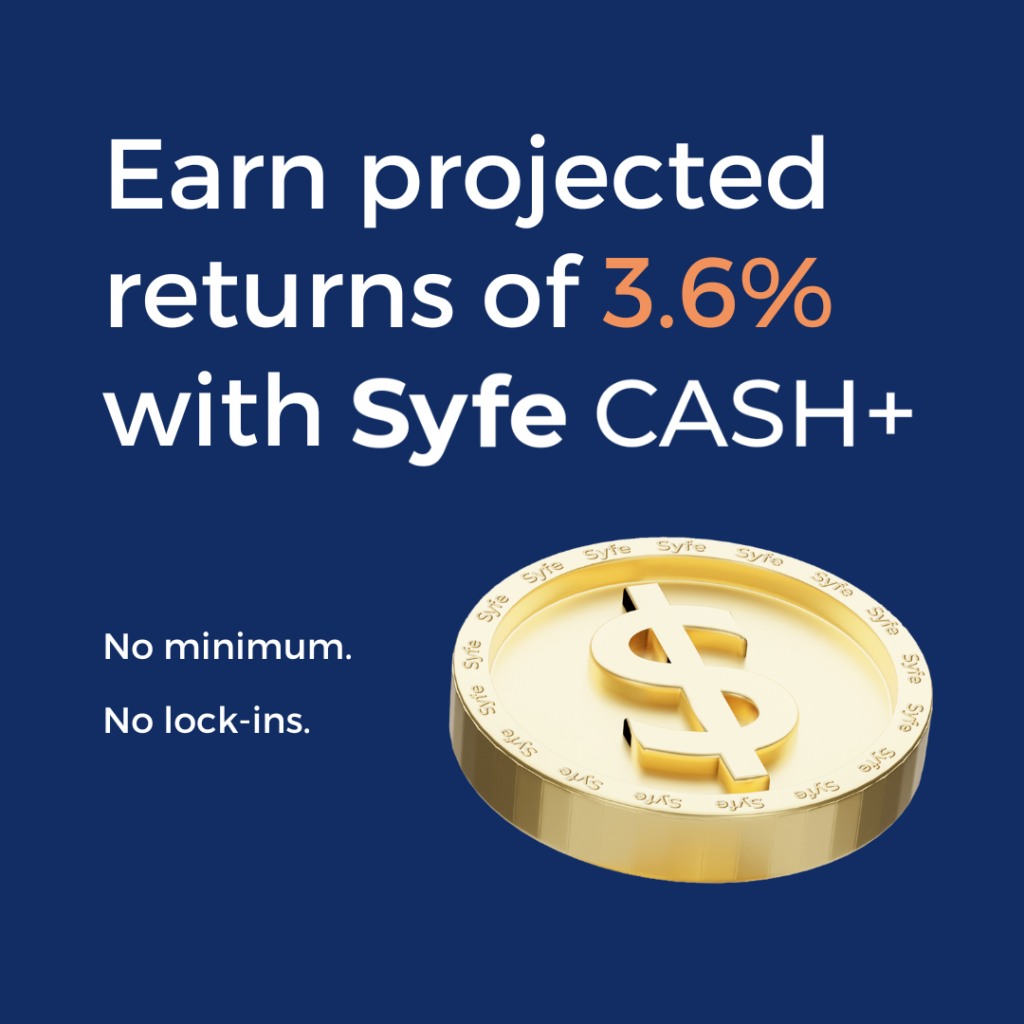
US Treasury yields have surged to multi-year highs following the Federal Reserve’s latest rate hike. The 10-year yield hit around 3.7% while the 2-year Treasury reached 4.1%.
The rapid rise in bond yields has fuelled concerns amongst bond investors. Typically when interest rates – and by extension, bond yields – rise, bond prices fall.
Here’s an example that illustrates this concept.
Let’s say you purchase a bond for $1,000 that matures in two years and pays a coupon of 2%. This means you will receive annual interest of $20, plus your original $1,000 investment back when the bond matures.
When interest rates go up, new bonds will be issued with the higher interest rate of say 3%. The “old” bond that pays 2% becomes less attractive to investors and they will not pay the “original” price of $1,000 for it. When this happens, the bond price falls and we say that the bond is trading at a discount.
Understanding bond price fluctuations
Depending on the interest rate environment, bond prices will fluctuate. While this can seem unsettling, changing prices don’t usually affect long-term investors who plan to keep their bonds to maturity.
That’s because if you hold bonds to maturity, you will receive your principal in full – assuming there hasn’t been a default. Although interest rates and bond prices may fluctuate along the way, you’ll ultimately receive your original investment in full at the maturity of your bond.
However, if you need to sell your bonds before maturity, rising interest rates could pose a problem as you may need to sell your bond for less than your purchase price.
The advantage of shorter term bonds
One way to mitigate the impact of rising interest rates would be to invest in shorter term bonds. Bonds with longer maturities tend to be more heavily impacted by rising interest rates. If you own a 10-year bond that pays a coupon of 3%, would you be willing to hold the bond for 10 years when new bonds are being issued at 5% interest? This is why the longer the maturity, the greater the interest rate risk. That said, to compensate investors for this risk, long-term bonds typically pay a higher interest rate than short-term bonds of the same credit quality.
For investors who think that interest rates are going to keep rising, shorter-term bonds also allow them to take advantage of market opportunities faster. At maturity, they can reinvest their principal and move into bonds with higher interest rates.
Rising interest rates and Syfe Cash+
With the rise in Treasury yields, some investors might wonder what that means for Syfe Cash+.
Syfe Cash+ holds two Lion Global bond funds with relatively short durations and low exposure to credit risk since the majority of their holdings are in high quality short-term money market and debt instruments.
Given the relatively short durations, the majority of your underlying bond holdings will mature in the next few months and the proceeds will be reinvested into higher yielding bonds relatively quickly. Gains will be passed on to the investor in time to come.
Indeed, the projected return for Syfe Cash+ has been raised twice in 2022 so far, from 1.2% to 1.5% p.a. in June, and subsequently from 1.5% to 1.9% p.a. in August. This week, Cash+ raise its projected yield again to 3.6%!

As interest rates continue to climb in the months ahead, we expect the projected yield for Syfe Cash+ to move higher in tandem with rising rates and continue serving as shelter from volatility.



You must be logged in to post a comment.